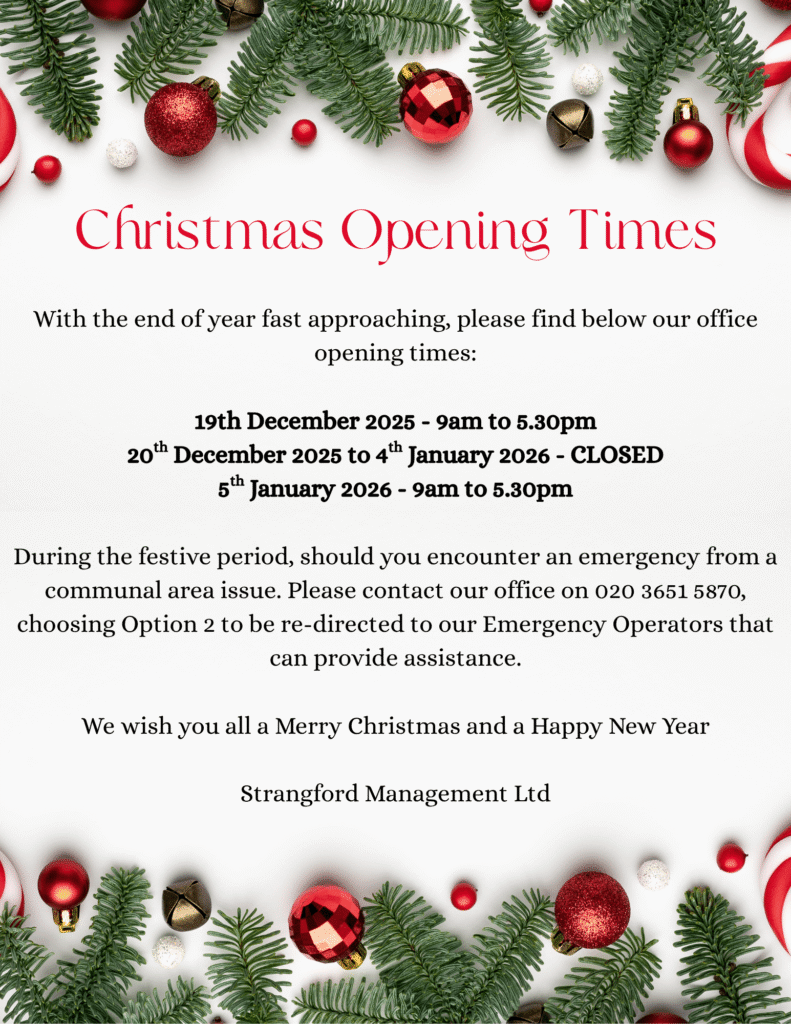Are You Considering Subletting Your Leasehold Flat in London?
Subletting a property, specifically a leasehold flat, can be an attractive proposition for many leaseholders. It offers a way to generate additional income and make efficient use of vacant space. But, subletting isn’t a straightforward process. It involves understanding complex legal obligations, ensuring compliance with lease agreements, and being attentive to the responsibilities of becoming a landlord. This guide will delve into the nuances of subletting a leasehold flat in London, providing a detailed overview of what it entails.
Understanding the Subletting Process
What Does Subletting Mean?
Subletting, in the context of property leasing, refers to the act of a leaseholder renting out a part or whole of their leased property to a third party for a certain duration. The third party, known as the subtenant, pays rent directly to the original tenant, who remains responsible for the lease obligations to the freeholder.
Who Can Sublet?
A leasehold flat can be sublet by the leaseholder, provided they have the necessary permissions and the lease agreement permits such an arrangement. The leaseholder becomes a landlord in this scenario and takes on certain responsibilities towards the subtenants.
Reviewing Your Lease Agreement
Before you decide to sublet your leasehold flat, the first and foremost step is to review your lease agreement. Your lease agreement is a legally binding document that stipulates the terms and conditions governing your lease. It will detail whether subletting is permissible and under what conditions.
What to Look For
Look for clauses in your lease agreement that pertain to subletting or ‘parting with possession’ of your property. If such a clause exists, it will likely state that you need to obtain the freeholder’s consent before subletting. This doesn’t necessarily mean that subletting is forbidden, but rather that permission must first be sought.
Securing Permissions
Freeholder’s Consent
Obtaining your freeholder’s consent is a crucial step in the subletting process. The freeholder may grant permission, refuse the request, or charge a fee for subletting the property. It is worth noting that the freeholder’s consent should not be unreasonably withheld.
Mortgage Lender’s Consent
If you have a mortgage on your leasehold flat, you must also secure the consent of your mortgage lender before subletting. This is because subletting changes the nature of the property’s occupancy and could potentially affect the lender’s security.
Insurance Provider Notification
In addition to the freeholder and mortgage lender, it’s also important to notify your insurance provider about your intent to sublet. This is due to the fact that your existing insurance policy may not cover the possessions of your subtenants.
Preparing to Sublet
Drafting a Tenancy Agreement
Once you’ve secured the necessary permissions and ensured compliance with relevant regulations, you can begin preparing to sublet. The first step is to create a tenancy agreement that mirrors the terms and conditions of your lease. This ensures that your subtenant is bound by the same rules and obligations as you are.
Becoming a Landlord
When you sublet your leasehold flat, you take on the role of a landlord. This comes with its own set of responsibilities.
Upholding Lease Agreement Rules
As a landlord, you must ensure that your subtenant respects the rules and regulations stipulated in the lease agreement. Any violation of these rules by the subtenant could potentially result in legal repercussions for you.
Ensuring Safety and Compliance
You are also responsible for maintaining the property to certain safety standards. This includes conducting annual gas safety checks, ensuring all electrical appliances are safe to use, and ensuring that any furniture provided complies with the Furniture and Furnishings Fire Safety Regulations 1998. Additionally, you are required to provide your subtenant with a copy of the Energy Performance Certificate for the property.
Facilitating Communication and Maintenance
Finally, as a landlord, you should be readily available to your subtenant for any potential issues or emergencies. Provide them with your contact information and instruct them to report any necessary repairs.
Consequences of Breaching Your Lease
Breaching the terms of your lease by subletting without permission can have serious consequences. As a ultimate punishment, the freeholder can initiate forfeiture proceedings against you, resulting in the loss of your leasehold interest in the property. To avoid this, always ensure you have the necessary permissions before subletting and rectify any breaches as soon as possible.
Conclusion
Subletting your leasehold flat in London can be a profitable venture if done correctly. However, it requires careful planning, thorough understanding of your lease agreement, and attention to detail in fulfilling your responsibilities as a landlord. Always remember to seek legal advice if you’re unsure about any aspect of subletting. By doing so, you can make the most out of your leasehold property while staying within the bounds of the law.
At Strangford Management, we create a tailored suite of procedures for each client including a detailed guide on how Leaseholders can obtain permission to sublet their property. We advise all Leaseholders to check thoroughly, any regulations, requirements, permissions and so on, that may be necessary before engaging in a sublet as this can cause you legal issues further down the line.
Disclaimer: The information in this guide is for general information purposes only and does not purport to be comprehensive or to provide legal advice. For formal advice on the current law please don’t hesitate to contact a legal professional.
Read more…
- EWS1 Form Explained: Hidden Requirements Your Surveyor Won’t Tell You
- NHBC Cover Explained: Your Essential Guide for Leaseholders (2025)
- Ministers Set £30bn Cladding Crisis Deadline for 2029
- Service Charge Disputes Made Simple: Your Rights as a Leaseholder
- Breaking: Leasehold Reform Scraps Two-Year Wait Rule From January 2025



